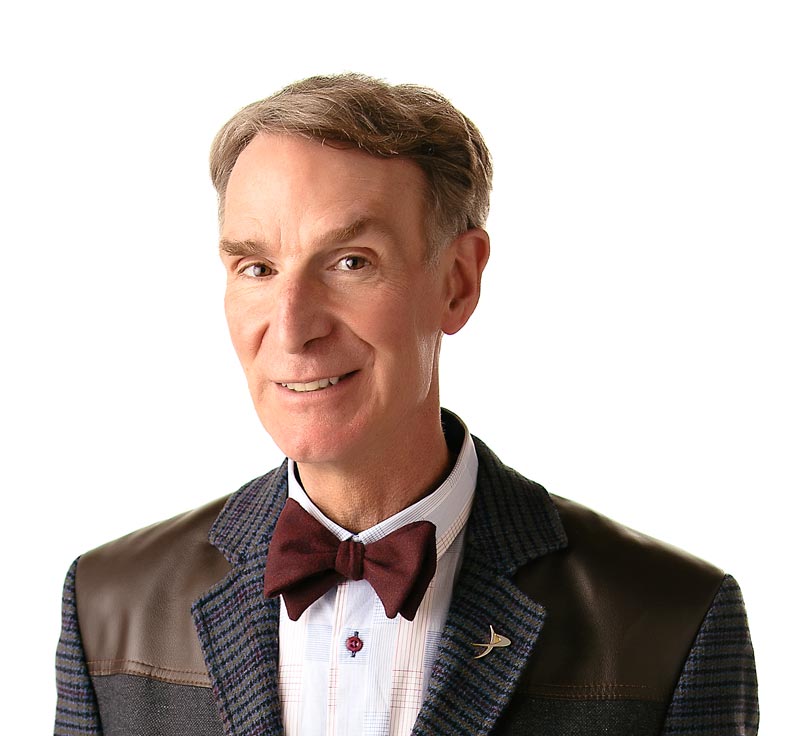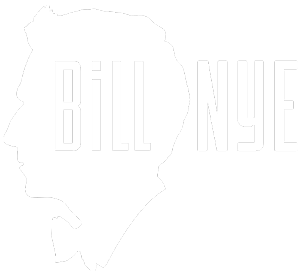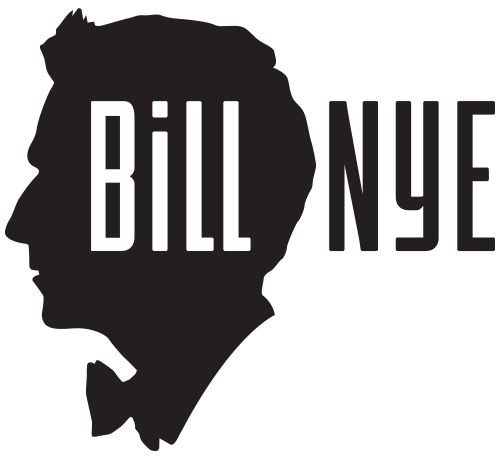Biodiversity
Join Bill Nye as he explores environments and ecosystems in a search of biodiversity.
Ecosystems are areas where things live. Ecosystems that are biodiverse are home to a variety of plants and animals. A healthy ecosystem is one with a lot of biodiversity.
Imagine if humans could only eat one kind of food, say corn. We’d be in big trouble if all the corn disappeared. Besides not having anything to munch on at the movies, we’d have nothing to eat at all. Luckily, our ecosystem covers a big part of the Earth, and there are lots of different plants to eat. Ecosystems are not as simple as one living thing eating another, as the corn example. The lives of animals and plants are intertwined – what happens to one animal can have an impact on all sorts of living things.
As humans, we have a big effect on the other living things around us. We are the only animals to leave lots of stuff around, such as houses, cars, and malls. It’s important for us to think about the choices we make and how they will affect the other living things around us. Remember: The Earth is not just our home, it’s home to all living things. Without those other living things, there would be no you or me.
The Big Ideas
- An ecosystem is made up of plants and animals living together in an environment.
- The more different types of living things in an ecosystem, the healthier the ecosystem is.
Did You Know That?
- An estimated 17 species become extinct every hour?
- Ecosystems can be as small as a drop of water, or as huge as a whole ocean?
- The first animal listed on the United States’ endangered species list was the peregrine falcon in the 1970s?
Books of Science!
- “I Am a Part of Nature” by Bobbie Kalman and Janine Schaub. Published by Crabtree Publishing, 1992.
- “Environment” by David Cook. Published by Crown Publishers, 1983.


